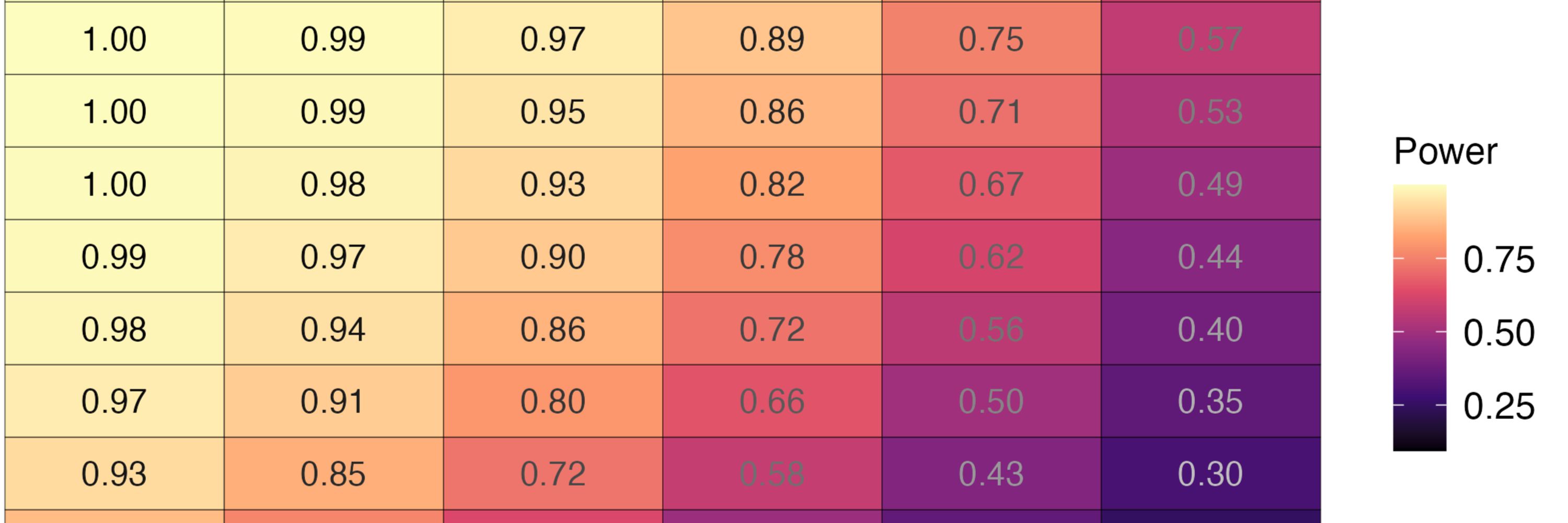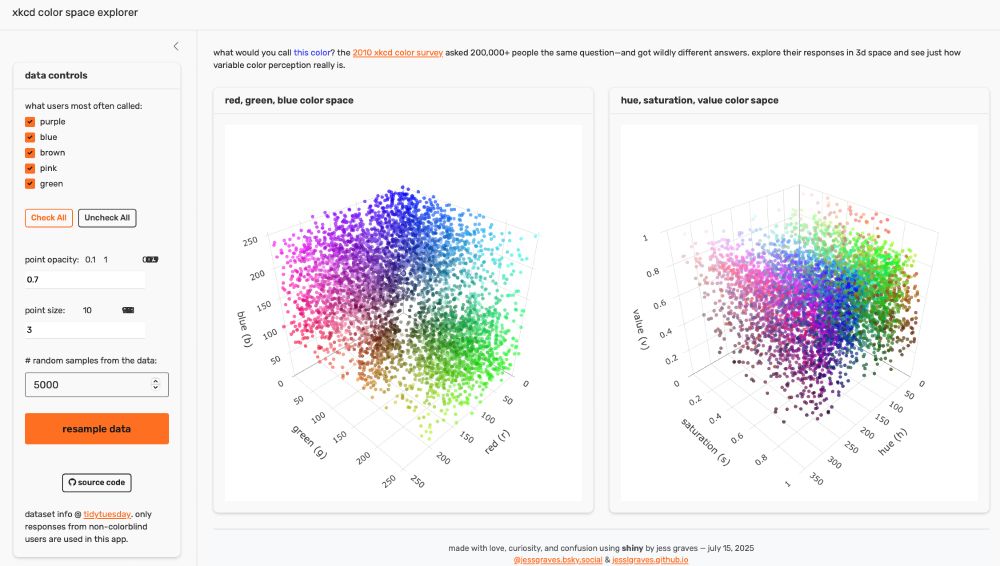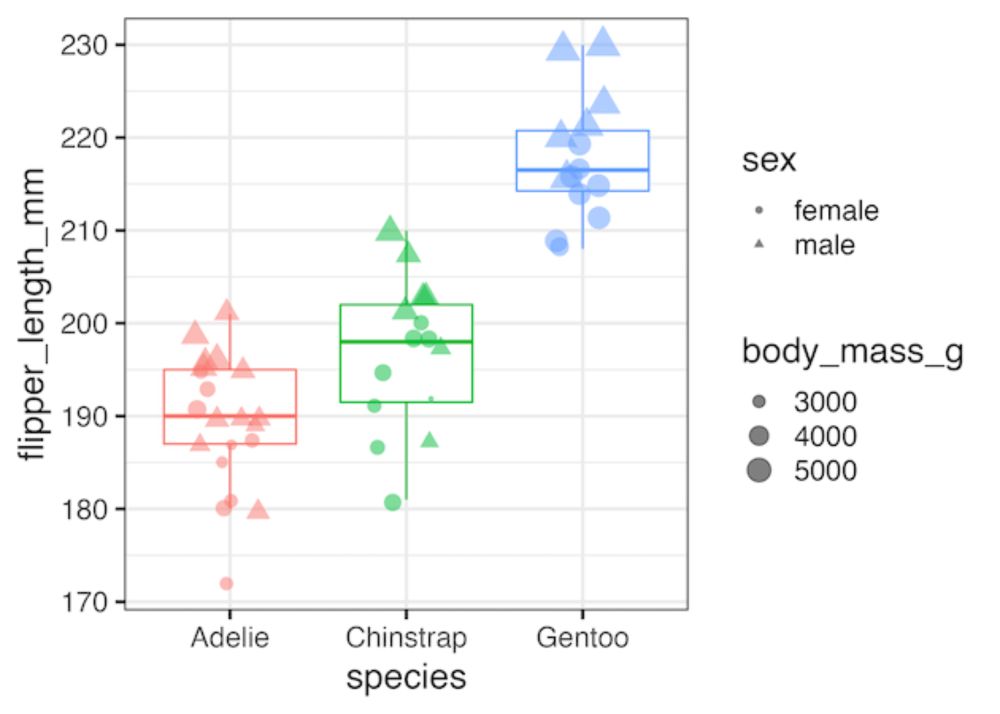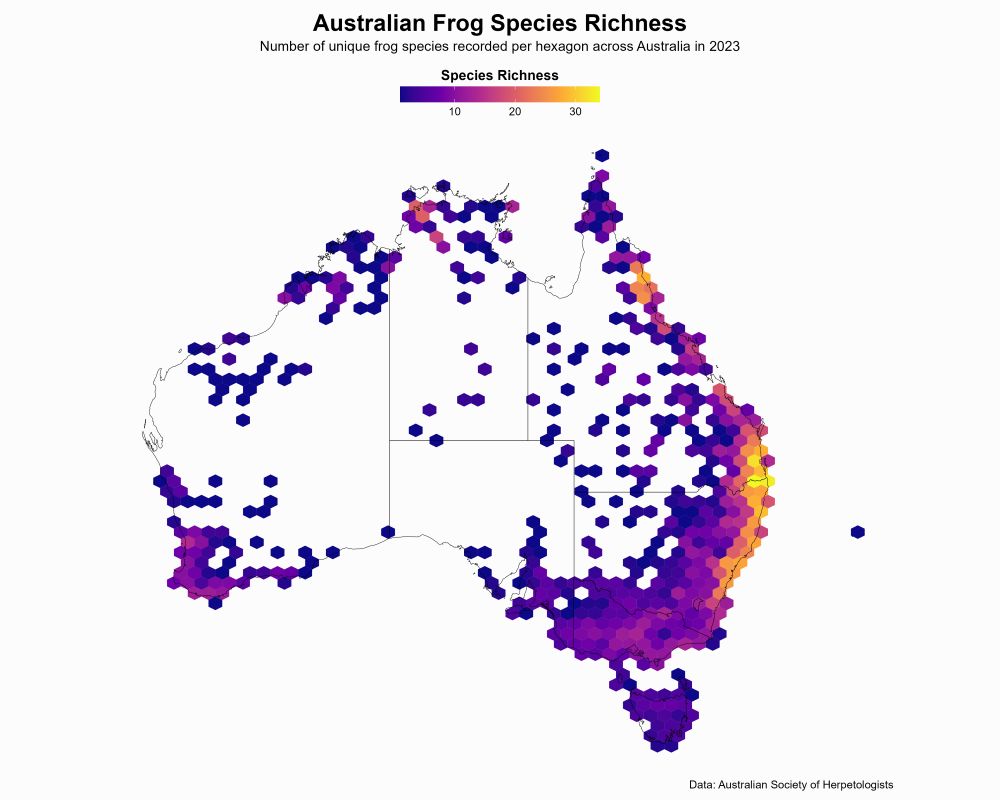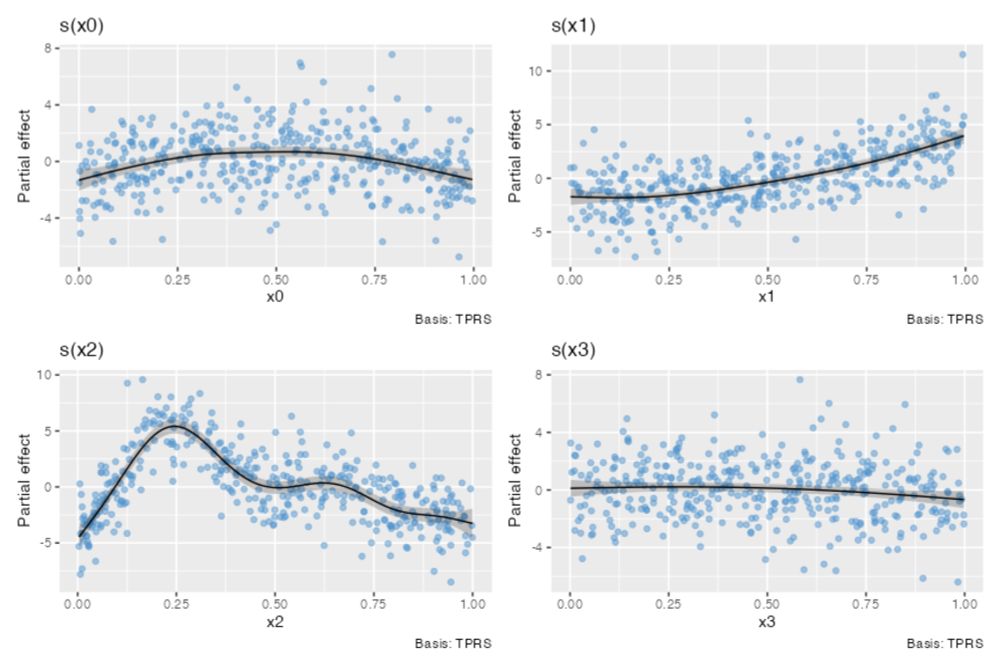Jess Graves
@jessgraves.bsky.social
310 followers
330 following
340 posts
🧮 Statistics & data science
💊 Clinical trials & R&D & Epidemiology
💻 R enthusiast
👩💻 Stats @ loyal.com
https://jesslgraves.github.io
Posts
Media
Videos
Starter Packs
Pinned
Reposted by Jess Graves
Reposted by Jess Graves
Reposted by Jess Graves
Reposted by Jess Graves
Jess Graves
@jessgraves.bsky.social
· Sep 8
Jess Graves
@jessgraves.bsky.social
· Sep 3
Reposted by Jess Graves
Jess Graves
@jessgraves.bsky.social
· Aug 20
Jess Graves
@jessgraves.bsky.social
· Aug 20
Jess Graves
@jessgraves.bsky.social
· Aug 19
Jess Graves
@jessgraves.bsky.social
· Aug 19
Jess Graves
@jessgraves.bsky.social
· Aug 19
Jess Graves
@jessgraves.bsky.social
· Aug 19
Jess Graves
@jessgraves.bsky.social
· Aug 15
Jess Graves
@jessgraves.bsky.social
· Aug 14
